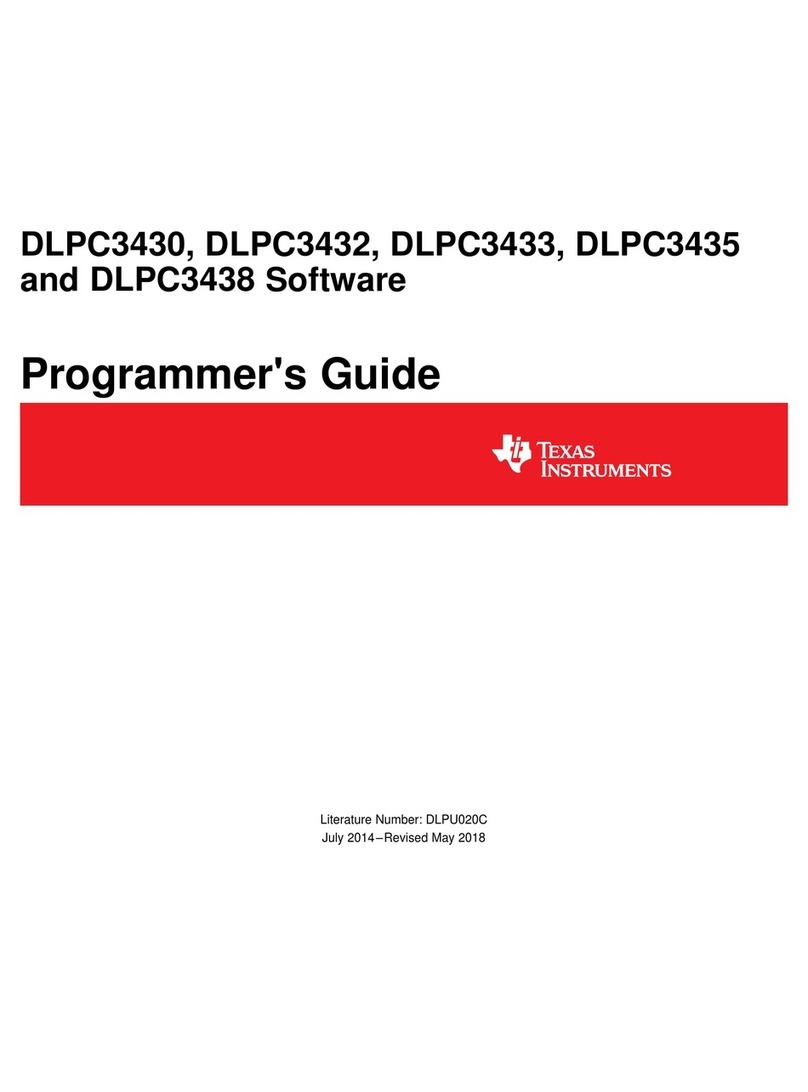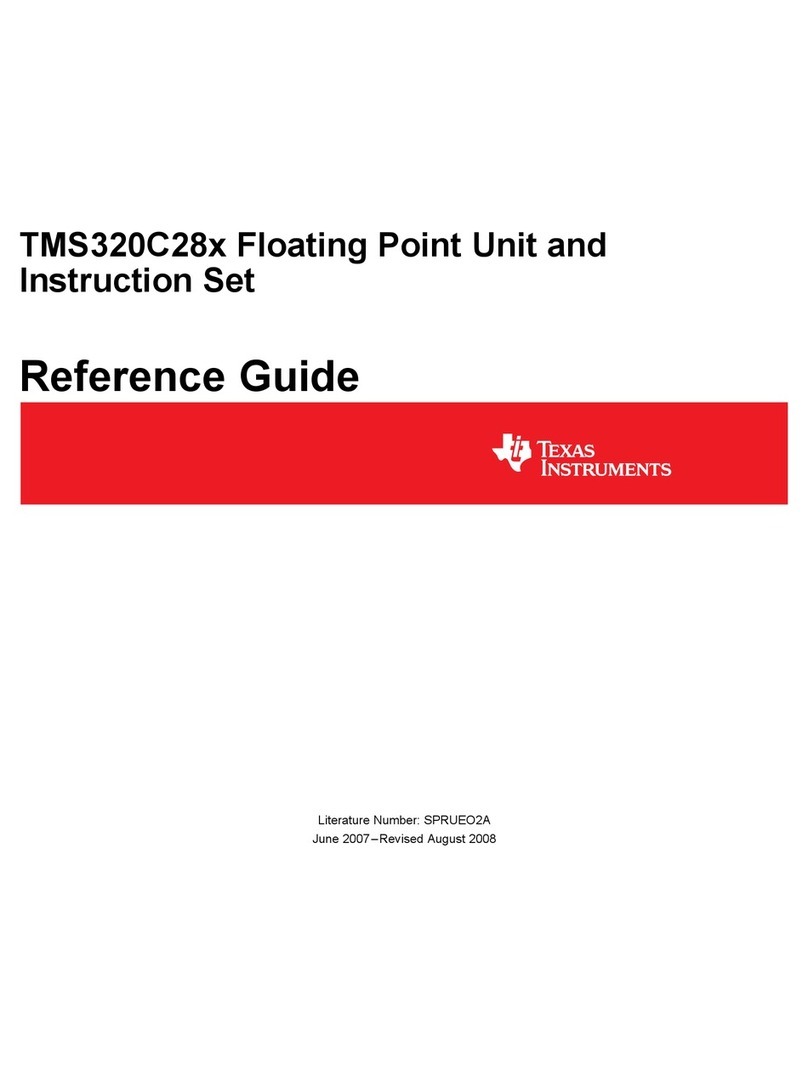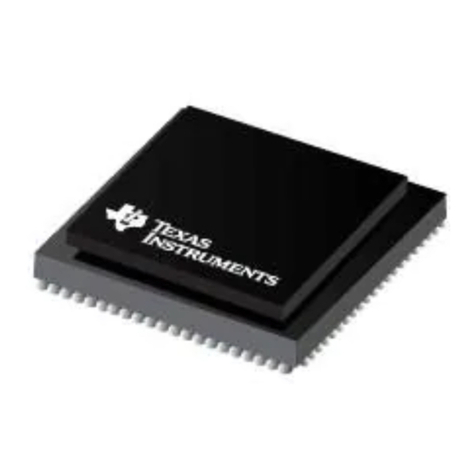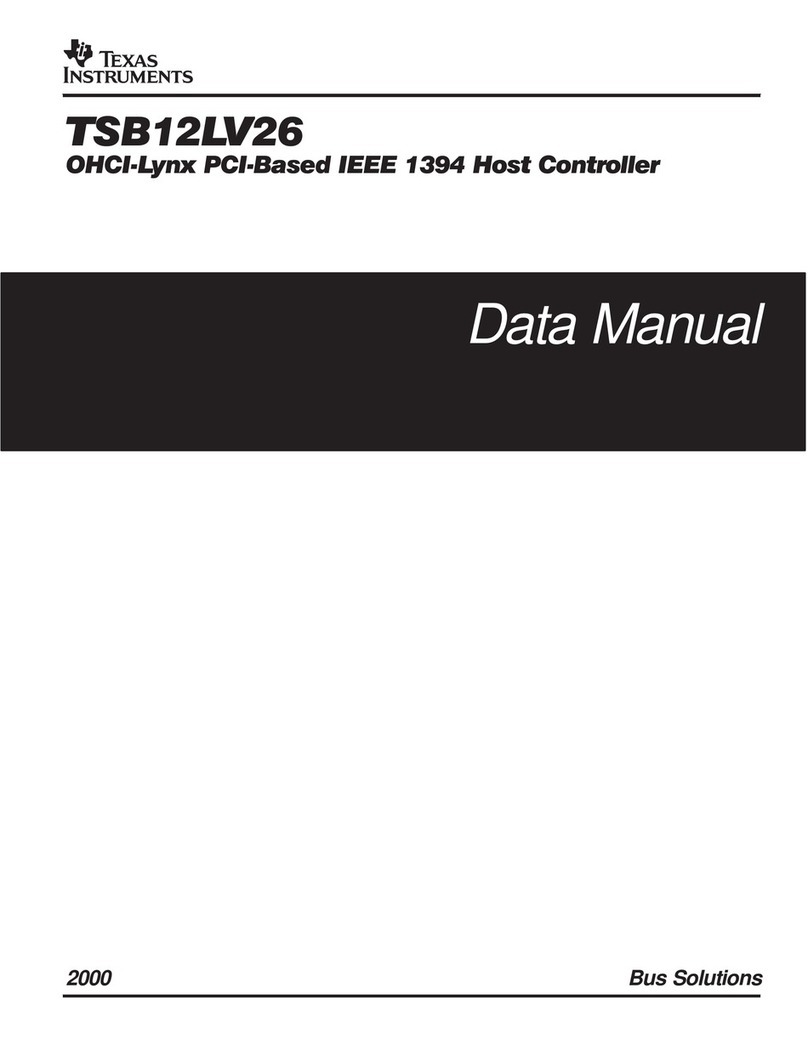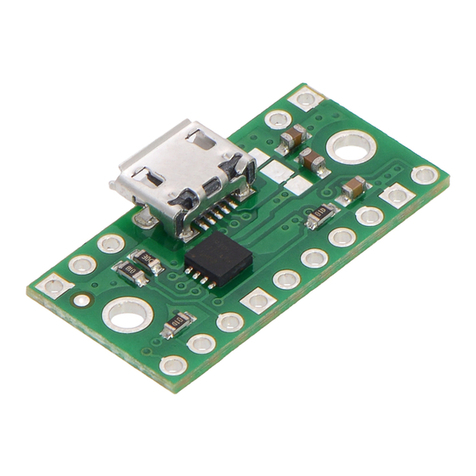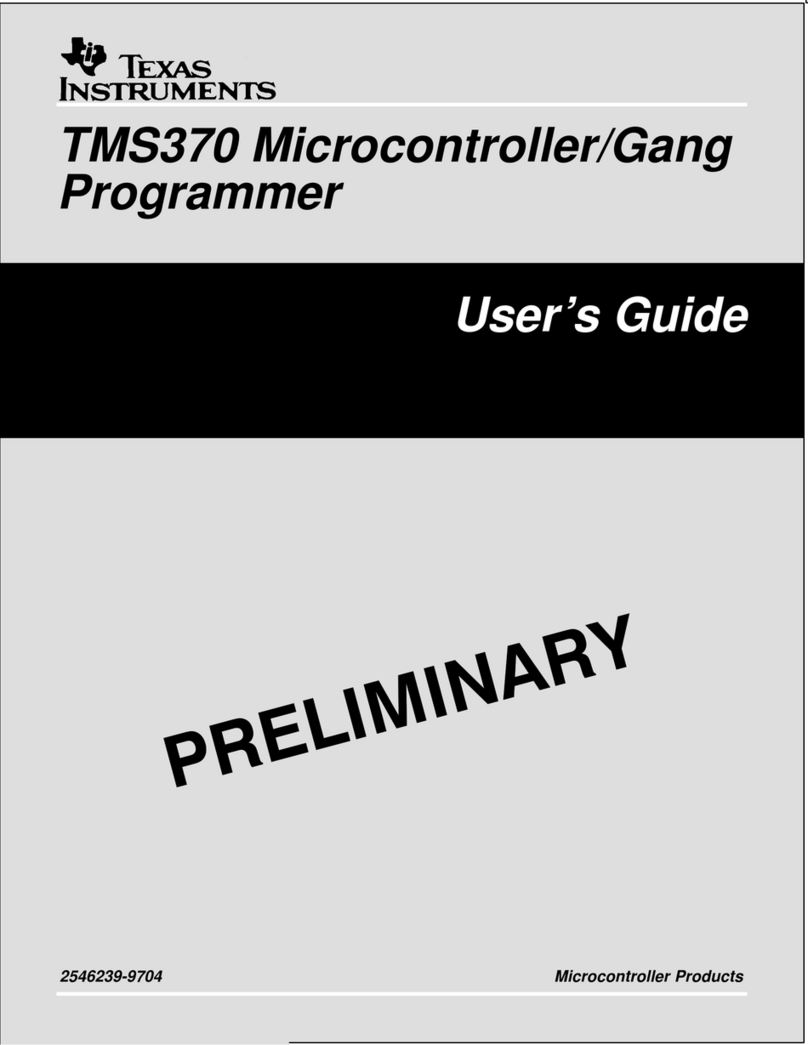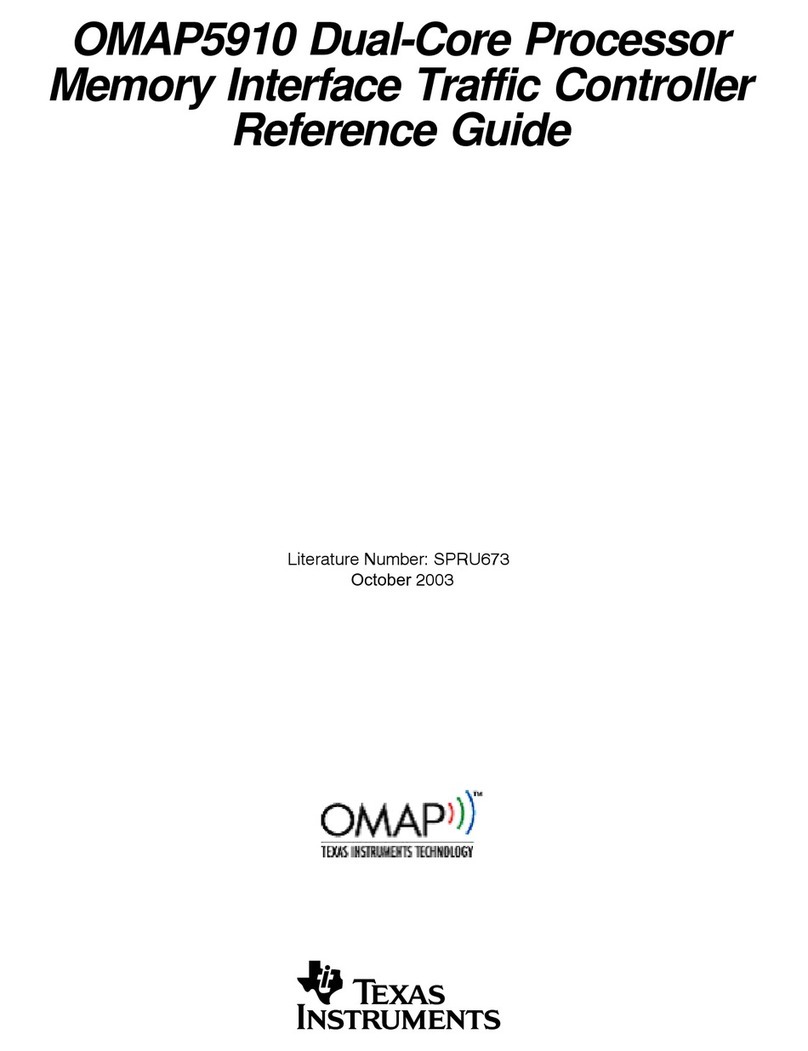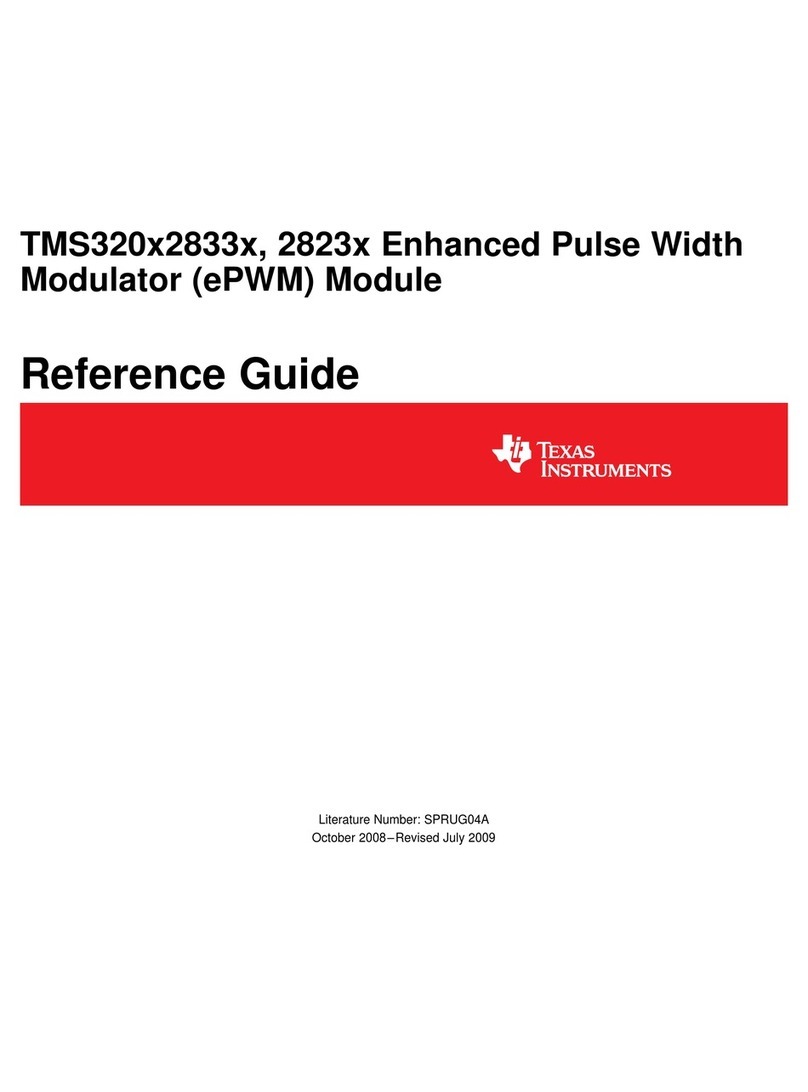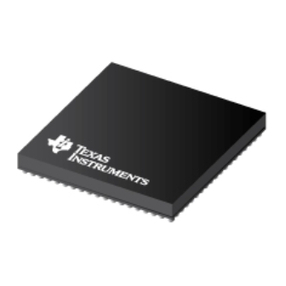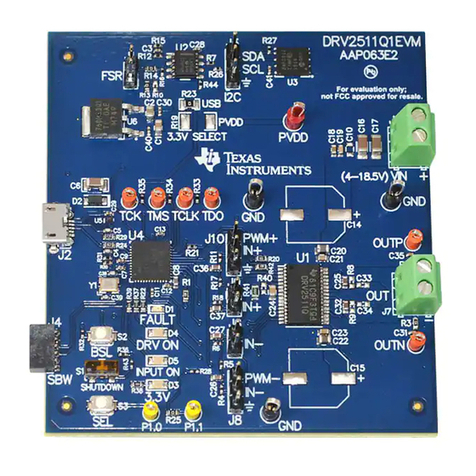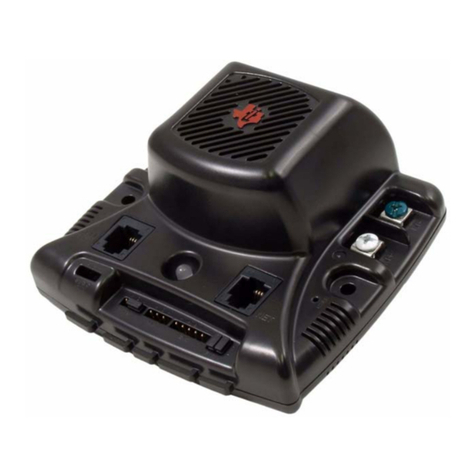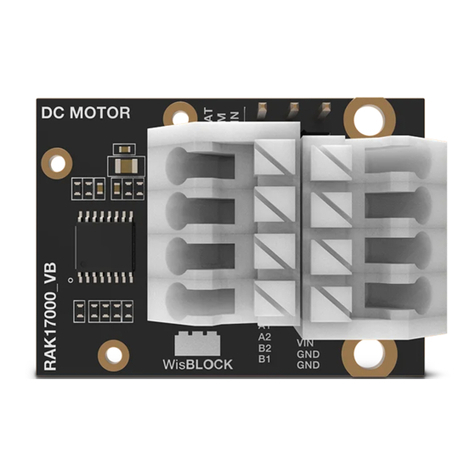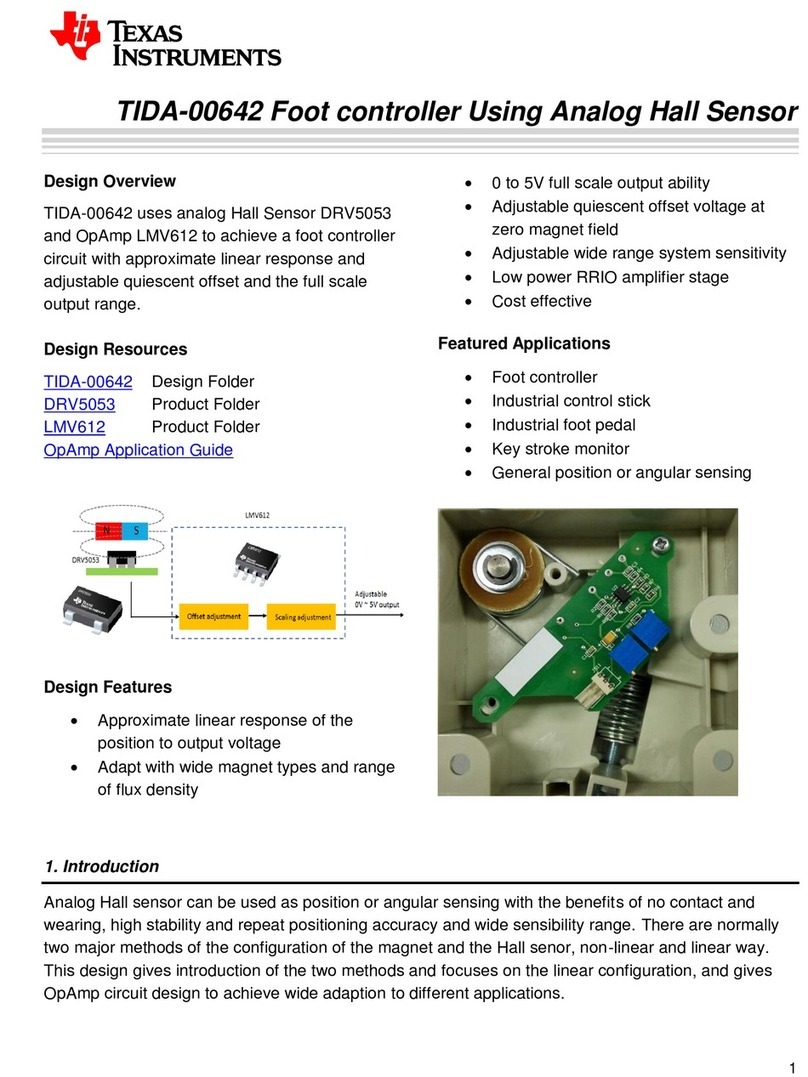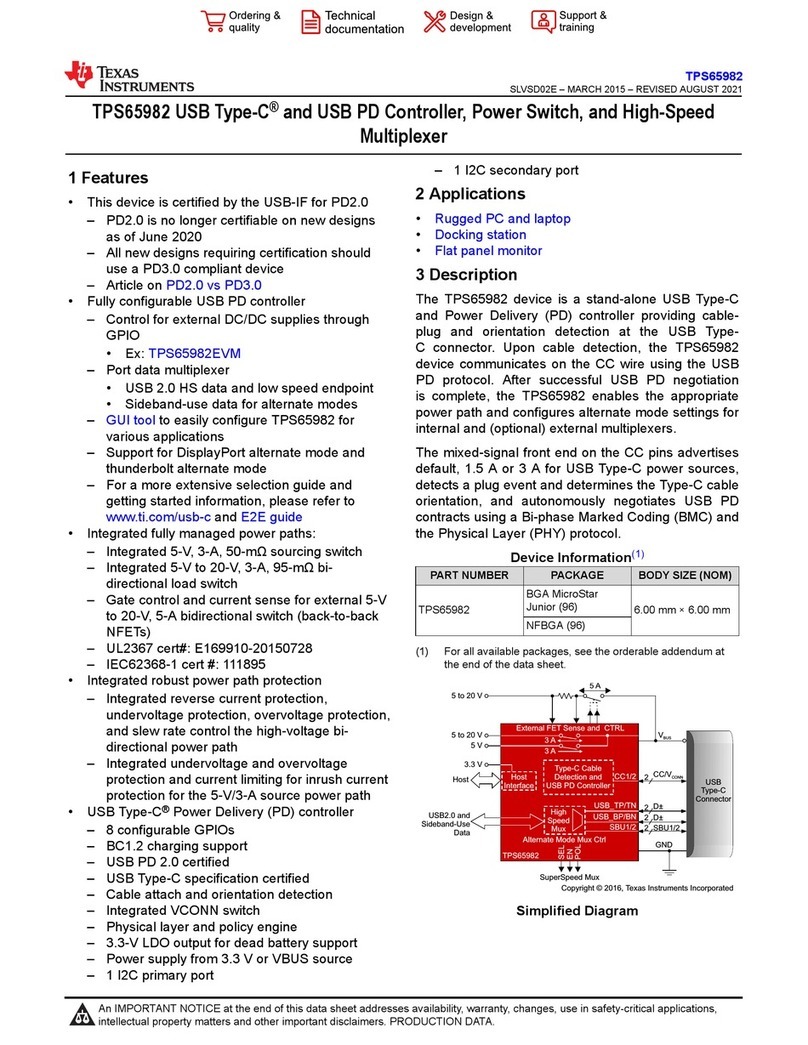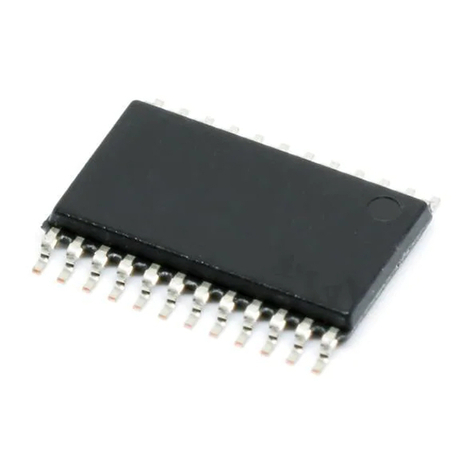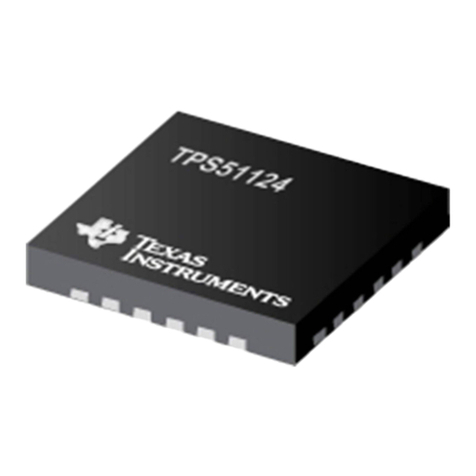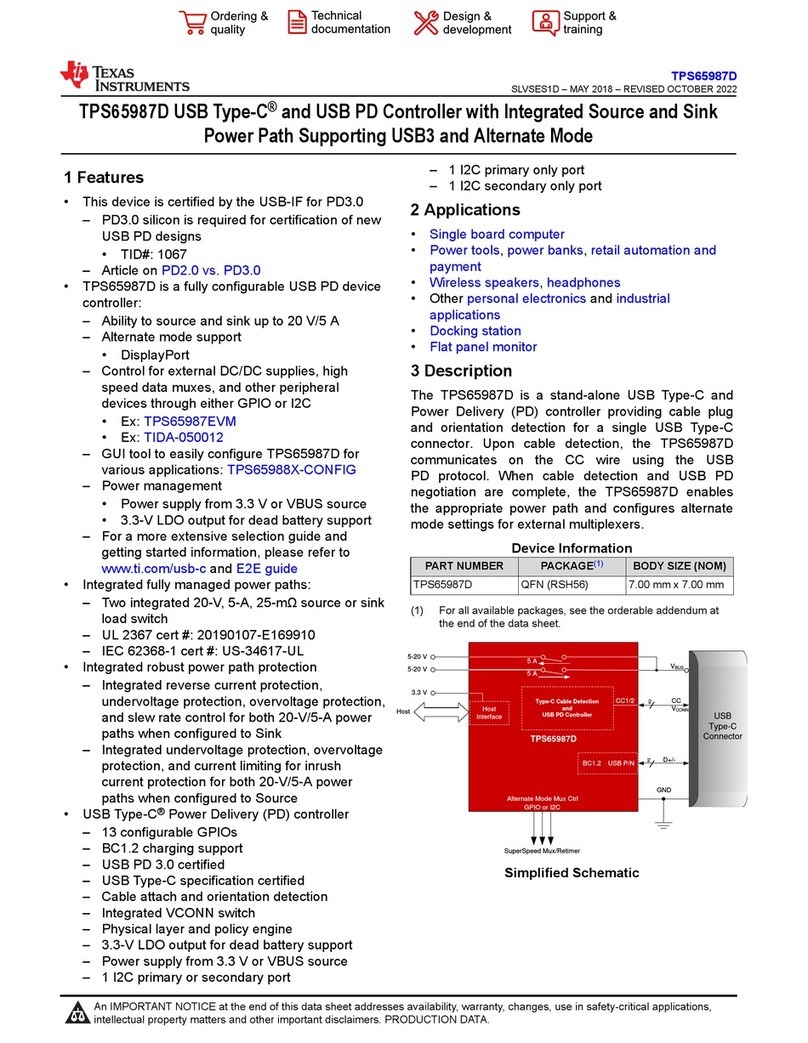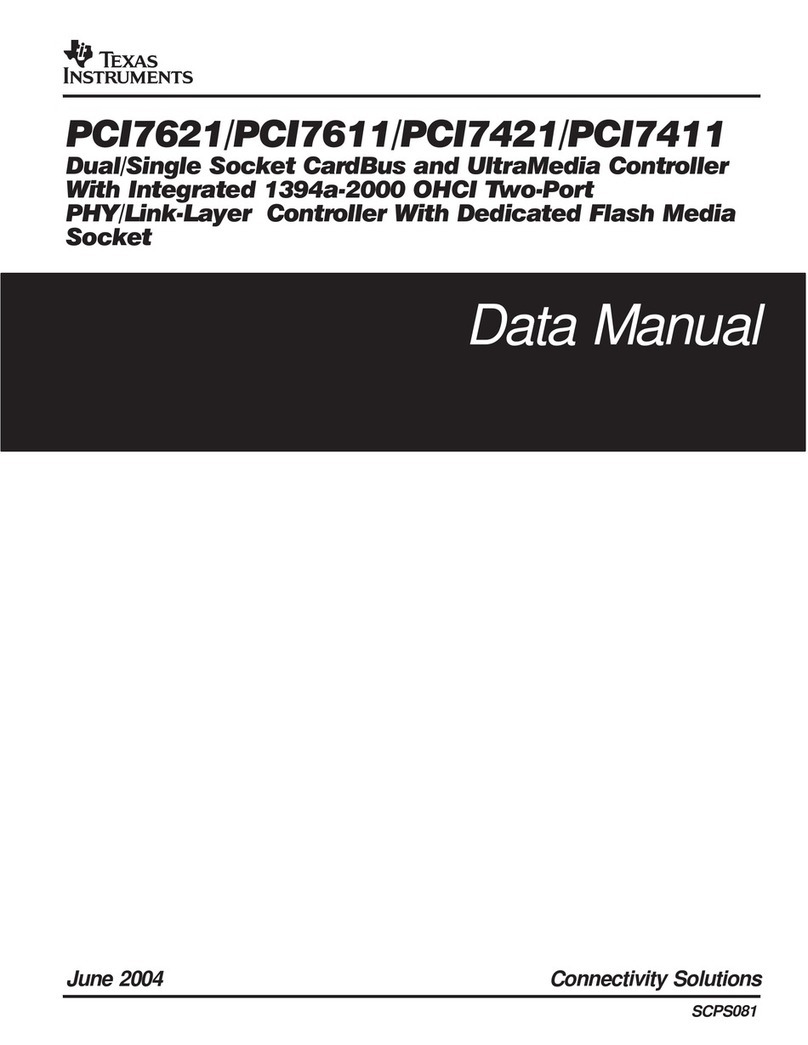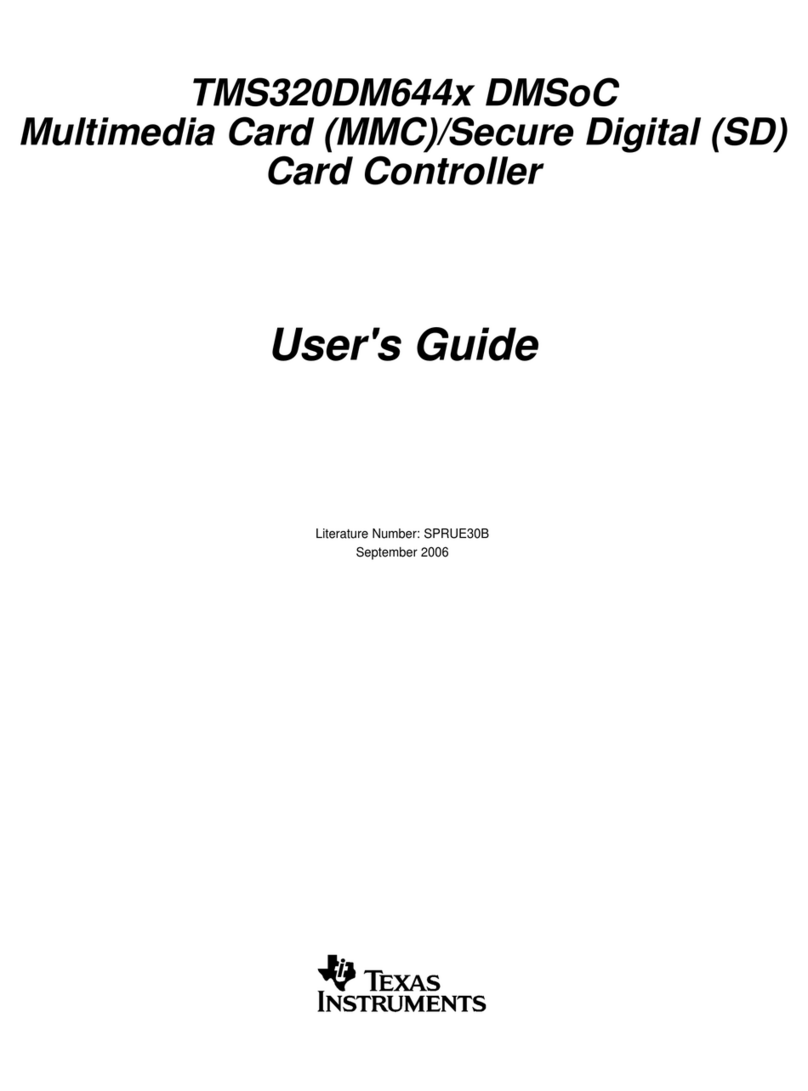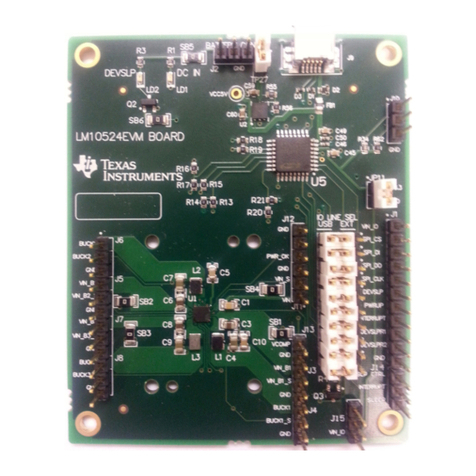
C2000™ Systems Applications Collateral
v2.0
7) After the connection is established to the controller the type of motor can be selected by clicking on the
check box. Also note if BLDC motor is being used with wall supply of >120V AC a step down
transformer must be used as the BLDC motor is rated for 160V, otherwise an over voltage condition flag
would be displayed.
8) The motor control/status box would now become active. The variables being displayed in the box would
change depending on the type of motor selected. Following is a description of each of these controls:
DC Bus Voltage Textbox: Textbox displays the rectified AC voltage. This voltage should be around
154V for 110V AC supply but can go as high as 180V depending on line conditions. For 220 AC line
this voltage would be close to 311V. Note that the PWMs trip when the voltage >180V for BLDC and
>400V for ACI and PM motors.
Estimated Speed Textbox: This text box displays the speed of the motor as estimated by the
sensorless algorithm (absolute rpm value is displayed).
Park Q & Park D output Textboxes (for ACI and PMSM motors only): these two text boxes display
the park Q and park D values as computed by the sensorless algorithm. These can be observed to
change as the motor is loaded. Note for the PMSM motor Park D value would remain close to zero.
9) Once the Motor Enable button is clicked, the motor accelerates to the speed reference value and the
speed loop is closed. The time taken for motor to ramp up to a particular speed would depend on motor
type. Hence provide for enough time for the motor to ramp up to the speed set The motor can be
stopped and started number of times. Note that each time the motor is stopped you may observe a
surge in the DC bus voltage.
10) The parameters in the pre-flashed image have been tuned for light loads over the range for DC bus
voltage generated from 110V AC line or 220v AC line. The motor can be loaded and the result in case
of load observed on the GUI.
11) Once finished evaluating, click on the Motor Disable button to stop the motor. Once motor comes to a
full stop click on disconnect. Now switch off/ unplug the AC power. As the capacitors are charged the
LED on the control card may remain ON for a couple of seconds. Do not touch the board unless these
LED’s go OFF.
12) All future updates/enhancements to the GUI and/or Flash image would be made available through
controlSUITE.
13) Please note that the Flash image is meant for quick demonstration purpose only. For a more detailed
explanation and understanding on the control algorithm being used and tradeoffs refer to the individual
project for the motor type and control method being implemented under
controlSUITE\developement_kits\HVMotorCtrl+PFCKit_v2.0.

